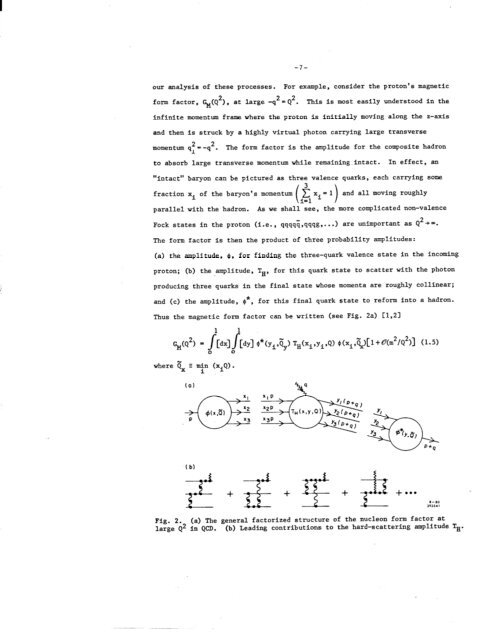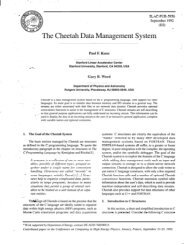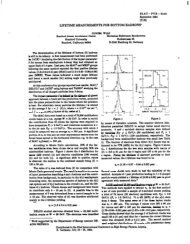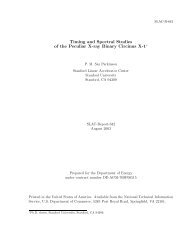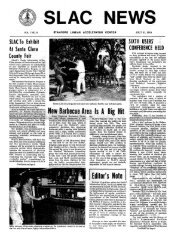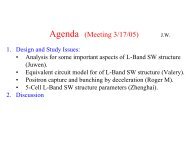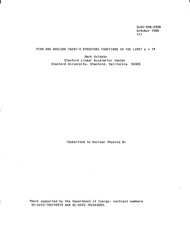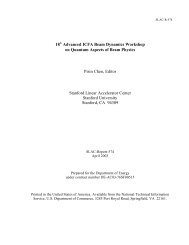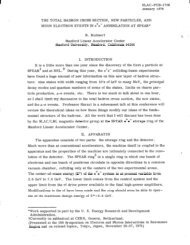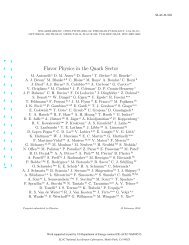slac-pub-2605 - SLAC - Stanford University
slac-pub-2605 - SLAC - Stanford University
slac-pub-2605 - SLAC - Stanford University
You also want an ePaper? Increase the reach of your titles
YUMPU automatically turns print PDFs into web optimized ePapers that Google loves.
-7-<br />
our analysis of these processes. For example, consider the proton's magnetic<br />
form factor, G(Q2), at large -q2=Q2. This is most easily understood in the<br />
infinite momentum frame where the proton is initially moving along the z-axis<br />
and then is struck by a highly virtual photon carrying large transverse<br />
momentum 4,2=-q 2 . The form factor is the amplitude for the composite hadron<br />
to absorb large transverse momentum while remaining-intact. In effect, an<br />
"intact" baryon can be pictured as three valence quarks, each carrying some<br />
fraction xi of the baryon's momentum (ilxi- 1) and all moving roughly<br />
parallel with the hadron. As we shall see, the more complicated non-valence<br />
Fock states in the proton (i.e., qqqq


